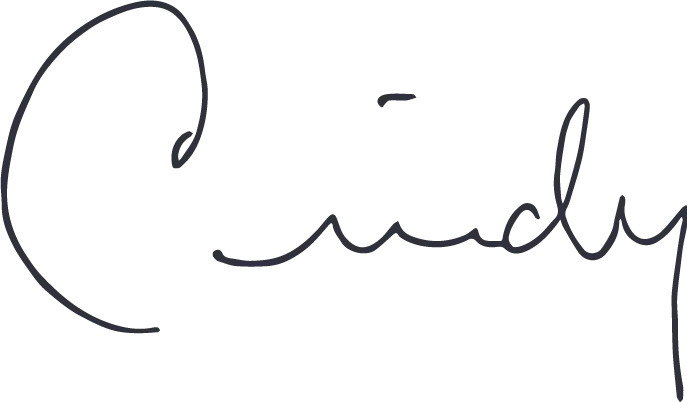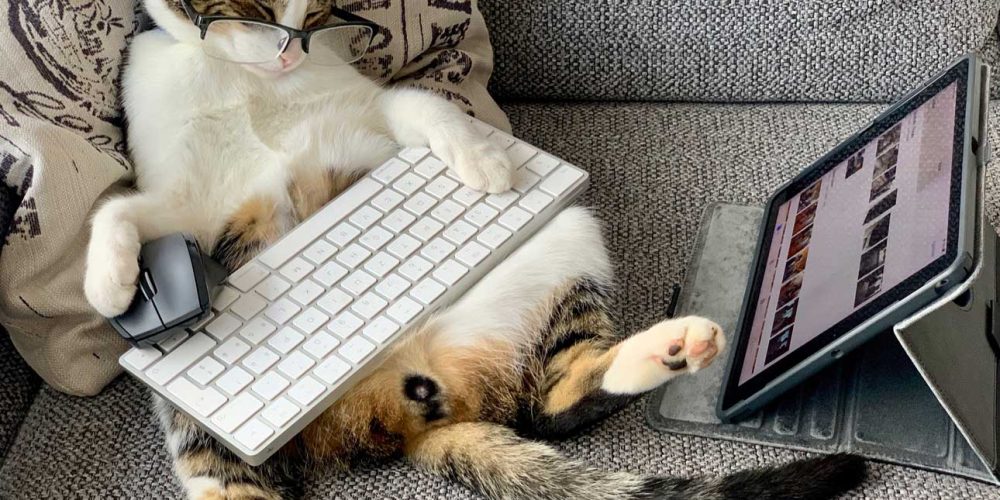I returned to the office … and it didn’t go so well.
The cats had taken up residence on my desk. There was a territorial dispute. We’re still in negotiations but I’m happy with the progress we’ve made so far.
At one point, when tensions were escalating and I needed to step away for a bit, I decided to run to the mailbox … and promptly locked myself out.
The cats loved that, let me tell you. It’s a long story, but a locksmith named Noah (seriously, I did not make that up) saved me and I got back in. Only to find my keyboard suspiciously warm, and a bit hairy.
I’m hoping the rest of the day progresses without further drama. Speaking of drama …
Now that Costco’s food courts are open – and Goldman Sachs’ CEO is facing the wrath of his workers for being a stick in the mud – we can all have a more civil conversation about office work vs. remote work.
If you’re a leader and haven’t started thinking about how to bring people back yet, now is definitely the time. There are a few important things you need to get clear on before you unlock those office doors.
We’re not going backward, we’re going forward
We can’t go back. The pandemic-induced remote work experiment has taught us too much. We’re not the same people we were before this all happened. Our teams have changed too. Not to mention our work procedures and processes.
As leaders, it’s our responsibility to get clear on what, exactly, we’re aiming for. We need to create a destination our people can believe in. It’s up to us to paint a vision for what this new normal can look like and create a better, brighter “normal” than we had before the pandemic.
Time to start fresh, with the mind of a beginner
As Suzuki said, “In the beginner’s mind there are many possibilities, but in the expert’s there are few.” It’s hard, but we need to practice a little forgetting right now so we can remain open to the new possibilities before us.
Between you, me and the cats? The entire world has proven work can get done virtually. That people, as a general rule, do a great job of holding themselves accountable. And they are often more productive when working virtually than they were from the office.
Sure, there are absolutely times when “in person” is best. But we have to let go of the notion that everyone doing 10 hours a day under bright fluorescents is the one and only way to do business. Once we are free of our biases and preconceived notions about the way everyone should work, we can start to make progress.
In the meantime, flexibility is key. To think like beginners. Just like a toddler, we need to be okay stumbling and falling, laughing about it, then trying something new.
People have ideas, and we need to listen
Where do we look for these new possibilities? Staying apprised of what others are doing is helpful. But the real answers, the best answers, are with our people. Some (not naming names) are really looking forward to getting a break from their kids. Others are wondering how they’ll deal with their kids’ hybrid school schedules.
Some have loathed WFH, while others have rocked the home office setup and like themselves better that way. (Yes we all see you, Chad.) Analysts are beginning to conclude that it’ll come down to what’s most profitable for the company.
In the meantime, we need to keep our eyes and ears open. And, rather than ask what our teams want, we have to do the hard work of finding out what they need. Really listening to and acknowledging our employees’ situations, even if we can’t take action right now, is going to matter more than anything in the days and months ahead.
We need to focus on customers more than ever
The next few months are going to be crazy. We’re going to face a storm of competing priorities and changing variables. How to work safely together. How to build in flexibility for parents without punishing the kid-free. How to meet deadlines when the cat treats are stuck in the Suez Canal.
Through it all, as leaders, we need to ensure our teams remain focused on the bigger picture of supporting each other to serve our customers. The pandemic taught us that, when we focus on outcomes – rather than fixating on processes – people do indeed bring their best.
Look at all the banks that were able to turn their operations upside-down nearly overnight to make billions of dollars of PPP loans happen. Those who were successful were focused on helping customers keep their businesses and their people employed. If banks can do it mid-pandemic, so can we.
We need to develop new skills for what’s next, stat
For the past year and a half we’ve all been in reaction mode. I’ve heard horror stories of people subjected to 15 video calls a day. Don’t get me started on inboxes. If professional development happened at all, it was probably done alone, at home, in the middle of the night.
As leaders, we need to take this opportunity to stop the madness and shift into proactive development mode. Make building the skills of our team members a priority. Stop thinking people “are who they are” and start giving them avenues to progress beyond their wildest dreams.
It’s time to get great at coaching and developing our people by building the skills they will need for tomorrow. Time to let go of pre-pandemic habits like laissez-faire management, micro-managing, playing the strict parent, and coddling our favorites.
If we can get specific about the skills and support our teams need to reach our new goals, the sky is the limit in this new “better” world.
In a nutshell? It’s up to you to help your teams create the best new world to do business in… with effectiveness and a focus on the customer. So here’s your Cindy Courage Challenge for the day. Take 10 minutes today to think hard about the new skills you and your teams will need in a remote/office hybrid work world. Write down three actions you can take to build those skills in the coming months.
Develop yourself, develop your people. That’s the way forward.










